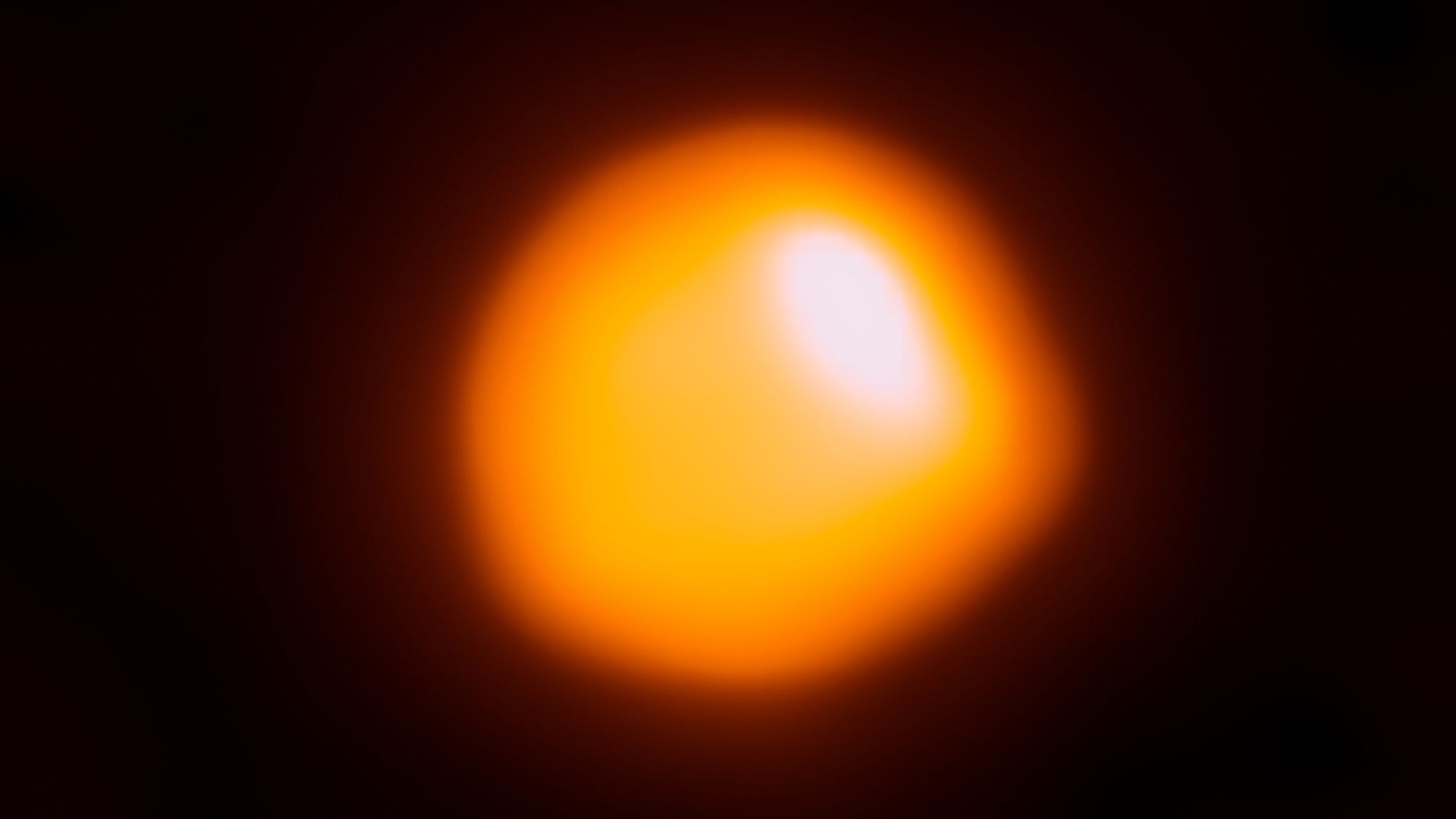
Betelgeuse, a red supergiant star in the constellation Orion, has fascinated astronomers and stargazers alike for centuries. But what makes this celestial giant so intriguing? Betelgeuse is one of the largest and most luminous stars visible to the naked eye, often appearing as the bright, reddish shoulder of Orion. Its size is staggering—if placed at the center of our solar system, it would extend beyond the orbit of Jupiter! This star is also nearing the end of its life, expected to explode as a supernova within the next million years. Betelgeuse has even shown unusual dimming events, sparking debates and curiosity about its future. Ready to learn more? Here are 26 fascinating facts about Betelgeuse.
Key Takeaways:
- Betelgeuse is a massive red supergiant star in the Orion constellation, 1,000 times larger than our Sun. It will explode as a supernova within the next 100,000 years, becoming visible even during the daytime.
- Observing Betelgeuse can be a rewarding experience, especially during winter months. It's easily visible to the naked eye and appears reddish, making it a standout in the night sky.
What is Betelgeuse?
Betelgeuse is one of the most fascinating stars in our night sky. Located in the constellation Orion, this red supergiant has intrigued astronomers and stargazers for centuries. Here are some captivating facts about Betelgeuse.
-
Betelgeuse is a red supergiant star, one of the largest types of stars in the universe.
-
It is located approximately 642.5 light-years away from Earth.
-
Betelgeuse is part of the Orion constellation, specifically marking the shoulder of the hunter.
-
The star's name comes from the Arabic phrase "Yad al-Jauzā," meaning "the hand of Orion."
-
Betelgeuse is about 1,000 times larger than our Sun.
Betelgeuse's Size and Brightness
Betelgeuse's immense size and brightness make it a standout in the night sky. Let's explore some more details about these characteristics.
-
If Betelgeuse were placed at the center of our solar system, its surface would extend beyond the orbit of Jupiter.
-
It is the 10th brightest star in the night sky.
-
Betelgeuse's brightness varies over time, making it a variable star.
-
The star's luminosity is about 100,000 times that of the Sun.
-
Betelgeuse has a diameter of about 1.2 billion kilometers.
Betelgeuse's Life Cycle
Stars like Betelgeuse have fascinating life cycles. Here are some facts about its past, present, and future.
-
Betelgeuse is estimated to be around 8 to 8.5 million years old.
-
It has already exhausted the hydrogen in its core and is now burning helium.
-
Betelgeuse is expected to explode as a supernova within the next 100,000 years.
-
When it goes supernova, it will be visible from Earth even during the daytime.
-
The explosion will leave behind a neutron star or possibly a black hole.
Betelgeuse's Unique Characteristics
Betelgeuse has some unique features that set it apart from other stars. Let's delve into these intriguing aspects.
-
Betelgeuse has an irregular shape due to its unstable outer layers.
-
It is surrounded by a complex nebula of gas and dust, ejected from the star itself.
-
The star's surface temperature is relatively cool, around 3,500 Kelvin.
-
Betelgeuse's color appears red due to its cooler temperature compared to other stars.
-
It has a mass about 10 to 20 times that of the Sun.
Observing Betelgeuse
Observing Betelgeuse can be a rewarding experience for amateur astronomers. Here are some tips and facts to help you spot this giant star.
-
Betelgeuse is best observed during winter months in the Northern Hemisphere.
-
It is easily visible to the naked eye, even in areas with moderate light pollution.
-
The star is located in the upper left corner of the Orion constellation.
-
Betelgeuse's brightness can fluctuate, so it may appear dimmer or brighter at different times.
-
Using a telescope, you can observe the star's reddish hue more clearly.
-
Betelgeuse has been studied extensively using various telescopes, including the Hubble Space Telescope.
The Final Glimpse
Betelgeuse, a red supergiant in the constellation Orion, continues to fascinate stargazers and scientists alike. Its sheer size and brightness make it a standout in the night sky. This star, nearing the end of its life, offers a glimpse into the future of our own Sun. Betelgeuse's variable brightness and potential to go supernova keep astronomers on their toes, always watching for the next big event.
Understanding Betelgeuse helps us learn more about the life cycles of stars and the universe itself. From its massive size to its imminent explosion, Betelgeuse remains a cosmic wonder. So next time you look up at Orion, remember the incredible facts about this stellar giant. Keep your eyes peeled; you never know when Betelgeuse might put on its final, spectacular show.
Frequently Asked Questions
Was this page helpful?
Our commitment to delivering trustworthy and engaging content is at the heart of what we do. Each fact on our site is contributed by real users like you, bringing a wealth of diverse insights and information. To ensure the highest standards of accuracy and reliability, our dedicated editors meticulously review each submission. This process guarantees that the facts we share are not only fascinating but also credible. Trust in our commitment to quality and authenticity as you explore and learn with us.
